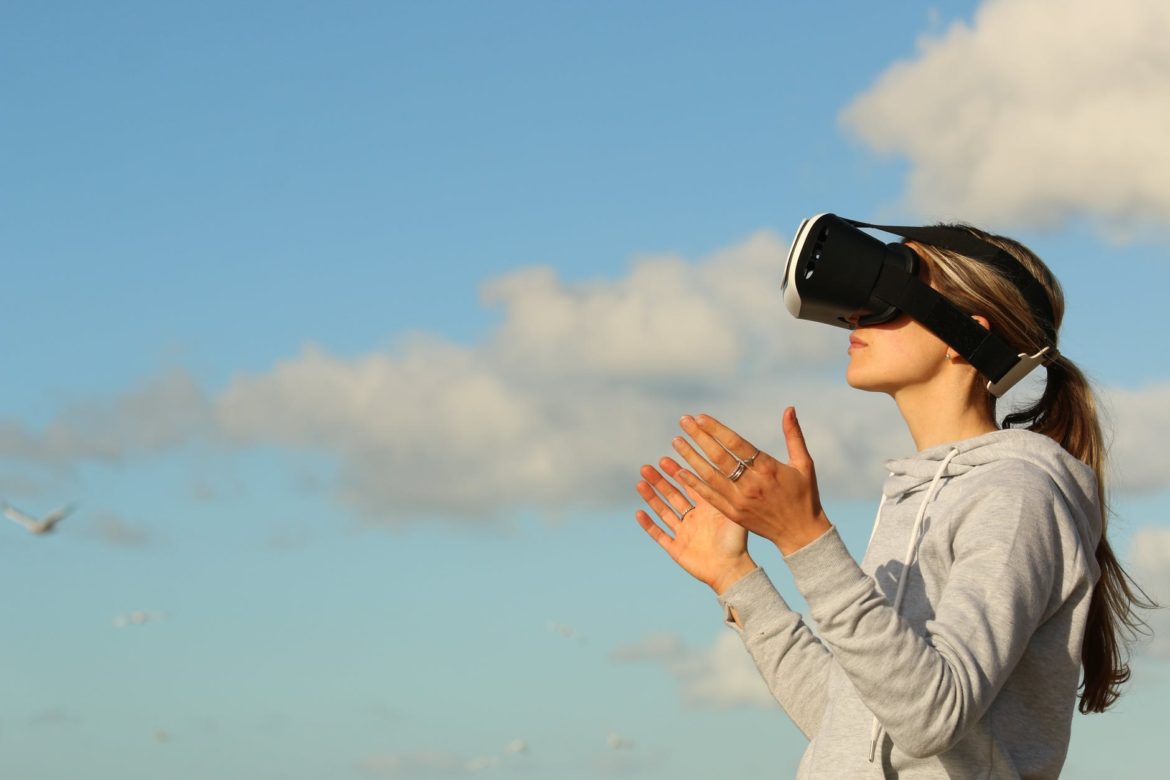A new study, published in The Lancet, speaks to growing evidence that virtual reality experiences can be tailored to potentially treat psychiatric disorders… and do so, perhaps, extremely effectively.
In the latest study, published this month, researchers found that a six week course of a guided virtual reality technology (gameChangeVR) “reduced avoidance and distress, improved paranoia, and enhanced quality of life “significantly” compared to a control group.
And importantly, the control group consisted of similarly distressed participants, receiving usual care, which involved things like psychiatric medications, visits from mental health workers, or outpatient appointments with a psychiatrist.
Further, those with the most acute symptoms experienced the best results, raising hope that VR could be used for a range of conditions that seem particularly treatment-resistant.
Here are a few, further potentially great things about it.
A) At a six-month follow up, most patients experienced lasting benefit.
B) There were no serious adverse effects compared to the control group.
C) Potentially, in the future, it could be a far more cost-effective, medically safe form of intervention than conventional modalities of care.
What did this therapy look like?
You can read the study itself for a longer look, but to give an example: patients can choose virtual experiences such as going to a cafe, a shop, a bus stop etc., and begin to grow comfortable around things they’d normally avoid in real-life situations.
Here’s how it worked with the cafe:
For example, in the café, the participant is asked to burst bubbles blown by a child from a wand; the virtual characters all look at the participant who is required to move closer to the characters, and the participant has the opportunity to learn that they can cope even when they are close to people and the centre of attention. In a small number of the scenarios, the participant was asked to speak to a computer character (eg, respond to a barista asking whether they would like tea or coffee to drink or to call to someone that a wallet had been left on a counter) and voice recognition detected that a response had been made. The participant could choose a different scenario in each session or repeat a previous scenario (and level within the scenario). Throughout the sessions, participants responded to questions from the virtual coach by moving a virtual slider or touching a virtual ball labelled with the option that appeared at the appropriate time. A belief rating for confidence in social situations was repeated within VR at the beginning and end of each treatment session.
Just last month, I wrote about another potential treatment psychologists at the Maudsley Hospital in South-East London were developing for those suffering from anorexia nervosa.
And in somewhat similar fashion, it puts patients in a virtual setting, around virtual food, encourages them to eat it virtually, and in doing so, serves as a kind of Exposure and Response Prevention.
Dr. Valentina Cardi, a clinical psychologist who specializes in eating disorders at King’s College, said that, so far, 178 of 180 patients enrolled in the trial say they feel less anxious around those foods.
One patient told The Daily Mail that he was formerly so scared of real-world pasta that he couldn’t even look at it.
But once he started interacting with it virtually, he began, over time, to lose his fear.
One month later, after treatment, he ate an actual plate of pasta.
This could be a really exciting new avenue of therapy for a lot of conditions.
Again, it’s early, but pretty cool.
[Photo: Pexels, free stock photography]

